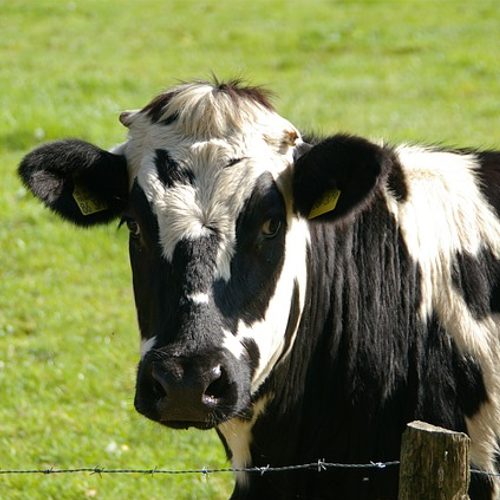Back to Grass
NEW STUDY
Beef gets a bad rap, but cows can actually save the planet. Read the study.&hashtags=regenerativeag,grassfed,climatemarch | Beef gets a bad rap, but cows can actually save the planet. Read the study.&hashtags=regenerativeag,grassfed,climatemarch | Read the Full Article
We know consumers are buying more grass-fed beef. According to the latest Nielsen data, retail sales of labeled fresh grass-fed beef grew from $17 million in 2012, to $272 million in 2016.
We know why there’s an uptick in consumer demand for grass-fed beef. Grass-fed beef is better for your health than beef produced by factory farms. It’s also better for the environment, better for animals and better for the climate.
But here’s something a lot of consumers aren’t clear on: what does “grass-fed” actually mean, in terms of how animals are raised, what they’re fed, and how meat is labeled? Is “grass-fed” the same as “grass-finished”? How do those terms (or labels) differ from “100% grass-fed”? And what’s better—“USDA organic,” “natural” or “organic grass-fed?”
“Back to Grass: The Market Potential for U.S. Grassfed Beef,” addresses the labeling question (it’s not straightforward, unfortunately), and also production, marketing and the future of the grass-fed beef market. The report was produced by the nonprofit Stone Barns Center for Food and Agriculture, in collaboration with numerous for-profit investment and market analysis firms.
Beef gets a bad rap from a lot of well-meaning but misguided climate activists who, by not distinguishing between meat from cattle raised on grass using regenerative rotational grazing methods and meat produced by factory farms (or Concentrated Animal Feeding Operations), miss the real story: When properly grazed, “Cows Save the Planet.”

